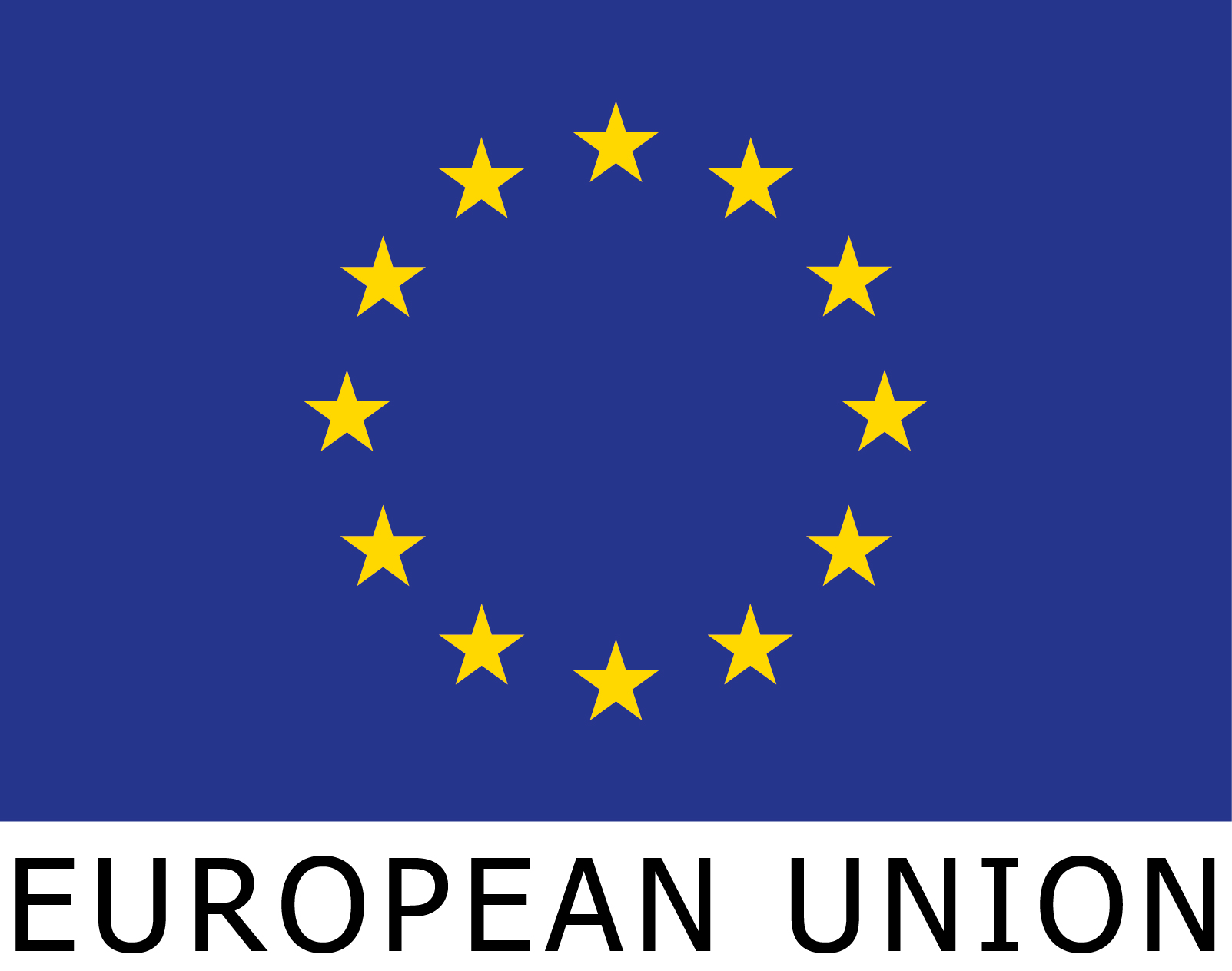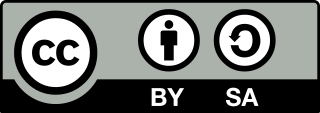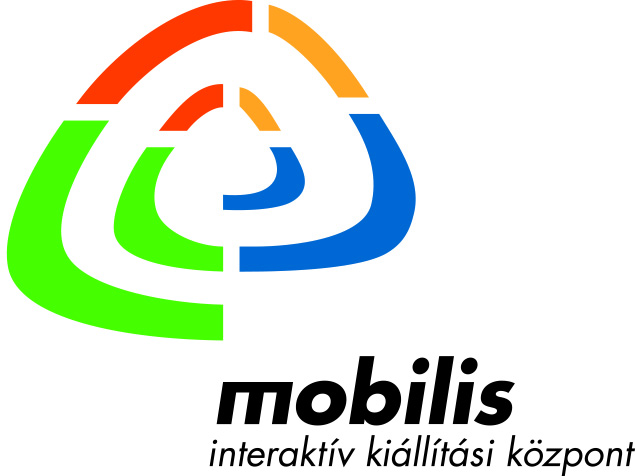Welcome to ENARIS
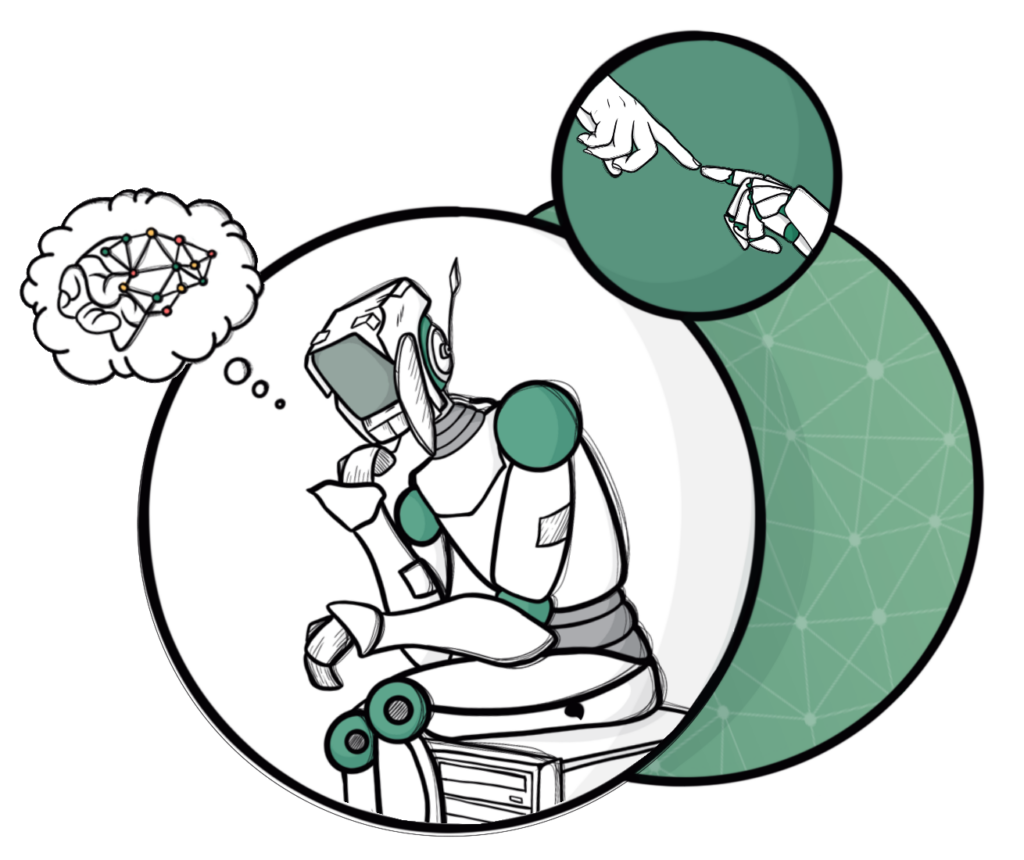
The goal of the ENARIS-project is to help educate children about the possibilities, limitations and inner workings of AI-systems.
The material is freely available for everybody and published under the Creative Commons 4.0 By-Sa-license. For further information about the project visit enaris.org.
About the material
- Made for class room usage
- Adaptable to the needs of the class
- Tailored to educators
- Independently usable and each module ranges from 1 to 4 hours
- Available in digital (online and offline) and printable form
Every module contains:
- A teacher guide with lesson plans, a general structure and a concise writeup of the whole topic
- All required material (slides, hand-outs, worksheets)
- Exercises in different difficulties
- A variety of additional methods
All material is meant to be modified/adapted to the need of the class, therefore hints are given on good ways to modify (skip or elaborate on specific passages), options are provided on different types of exercise (e.g. hands-on or online) and all the source code of the material is available for easy adaptation.
For people who do not want to read from screens, all pages are also available for print as pdf-files.
Furthermore, different sections are color-coded to be easily distinguishable:
Many different teaching methods are used throughout the modules, a short description on how they work and which purpose they fulfill can be found here.
Finally, everything is available for download and offline use:
All images, if not stated otherwise, are from sites like Pixabay or Pexels and free to use or created for the purpose of this project. All icons on this website are from Font Awesome Free.
Modules
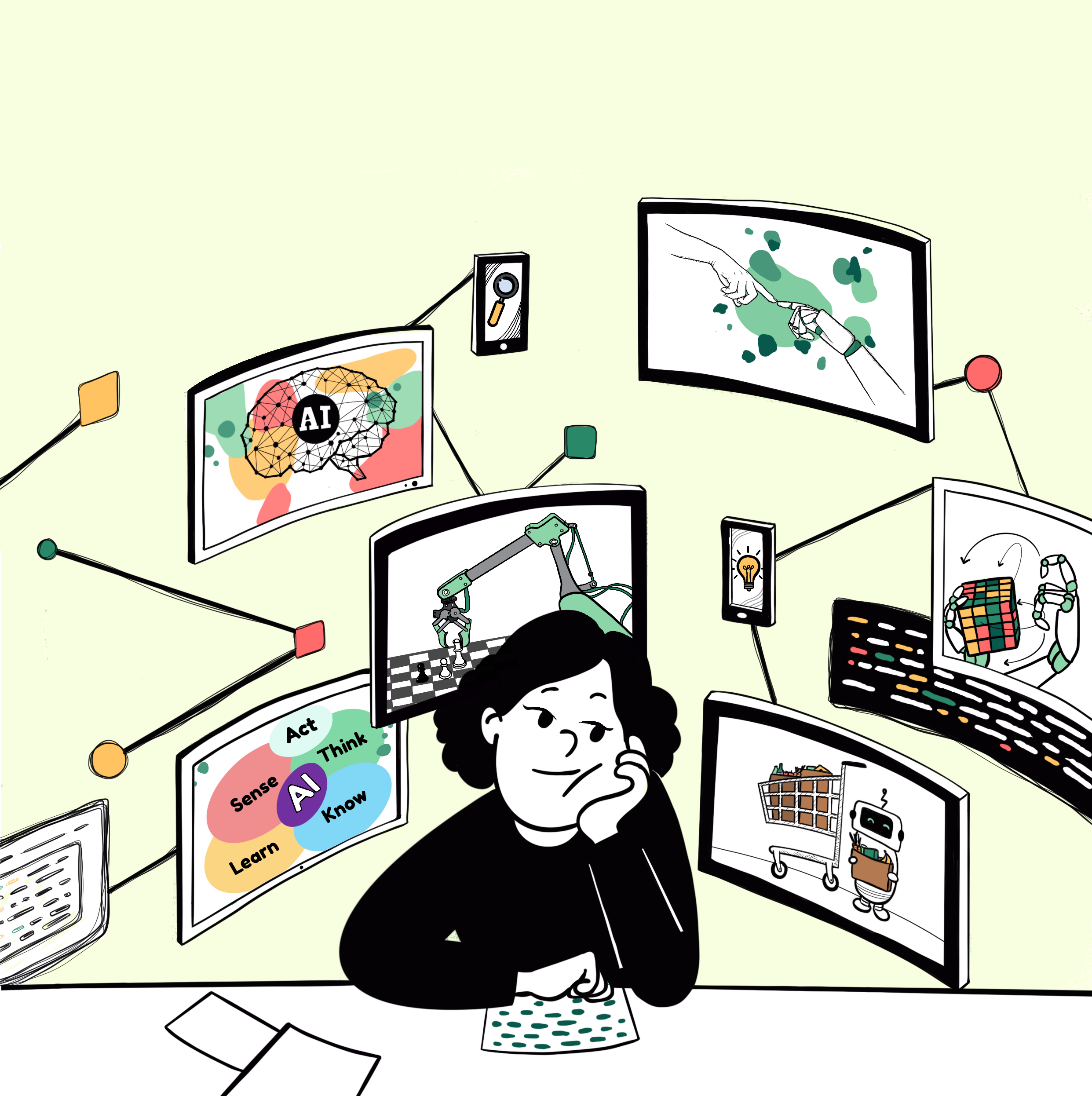
AI Basics
This module serves as a basic introduction to the topic of Artificial Intelligence (AI). The goal of this lesson is to introduce basic AI terminology, that will be used inside the other modules as well as in AI science in general. More in-depth look at the methods and how they work will then take place in later modules.

Ethics
In this module, fundamental ethical aspects in the field of AI research are to be dealt with. The students should learn to ask critical questions independently and to uncover tensions between individual basic ethical principles by independently developing and revising catalogs of rules.
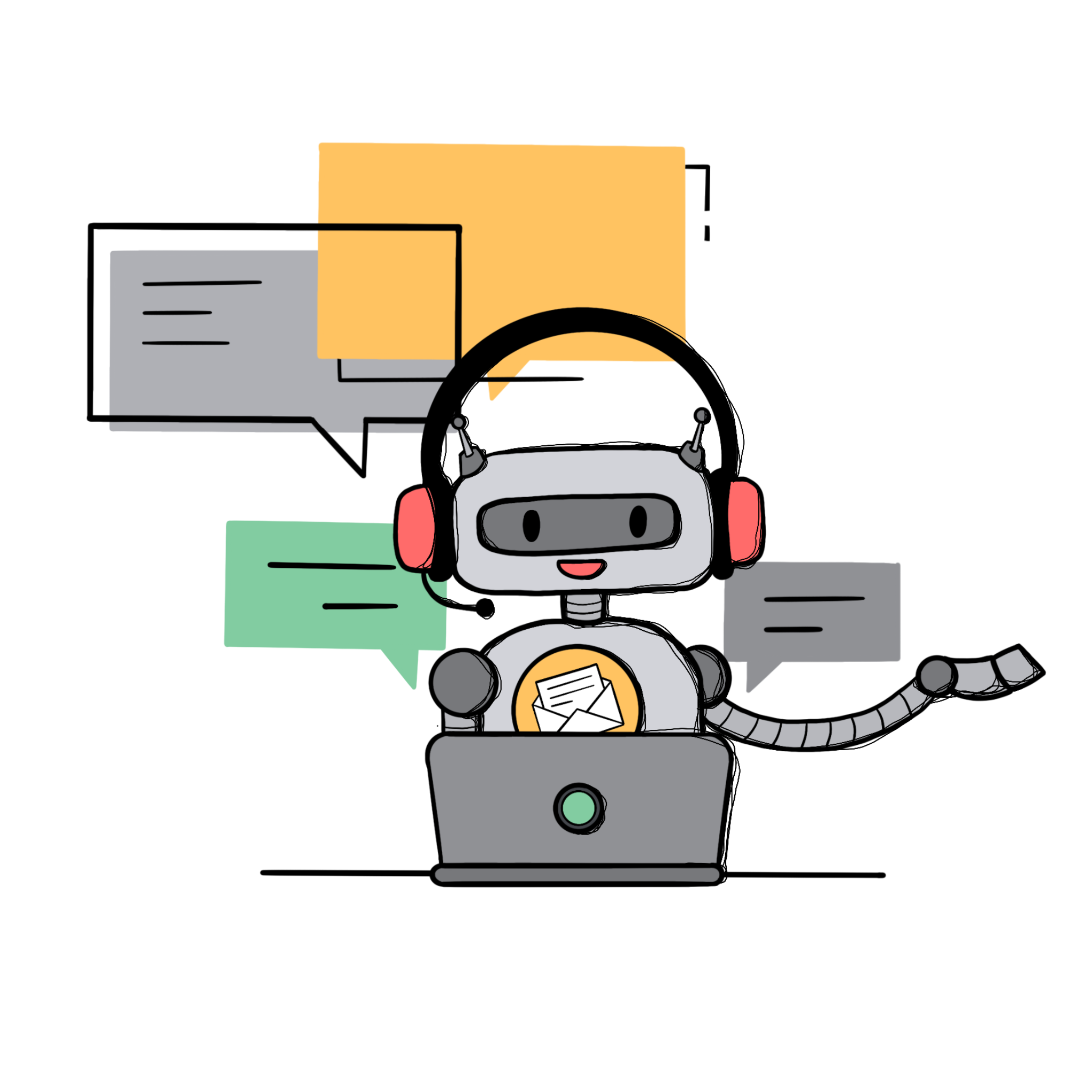
Chatbots - Natural Language Processing
In this module, different types of chatbots are illustrated by applications. The students learn what chatbots are and how they work. Questions are asked, for example how programmers manage to make chatbots appear "human" or "intelligent" or why understanding human language is actually not that easy.
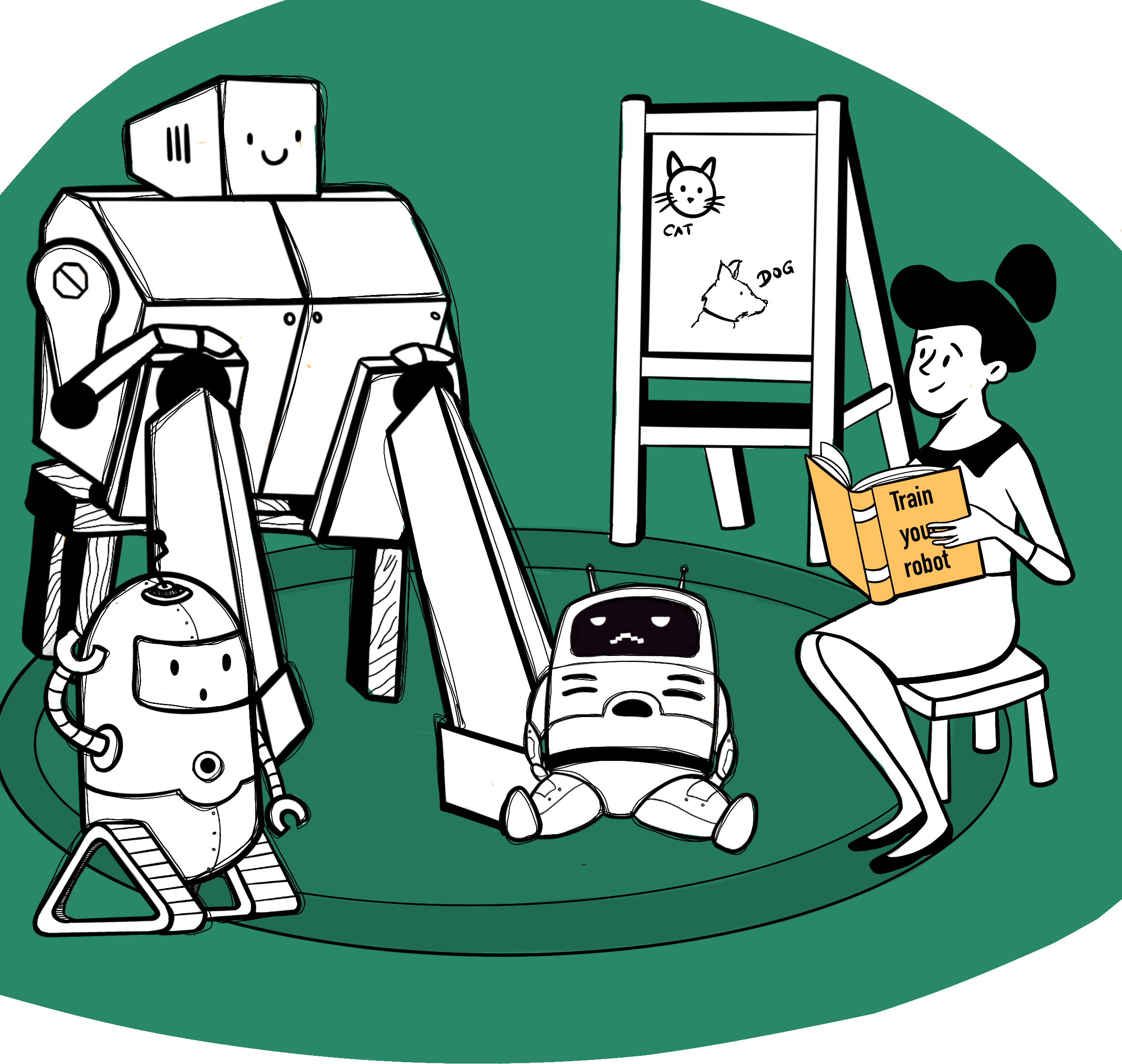
Supervised Learning
This module is about Supervised Learning. The goal is to provide the students with a basic understanding of what SL is, what it can and cannot do as well as how one can train SL-algorithms. It focuses more on the practical side, therefore students will train their own algorithms and experience the possibilities and problems first-hand.

Reinforcement Learning
This module is about Reinforcement Learning (RL). The goal is to provide the students with a basic understanding of what RL is, how it works and what common problems and pitfalls are. The focus lies more on practical exercises, therefore students will on the one hand take the role of self learning algorithms and experience how the training process works, and on the other hand play against and train learning AIs.
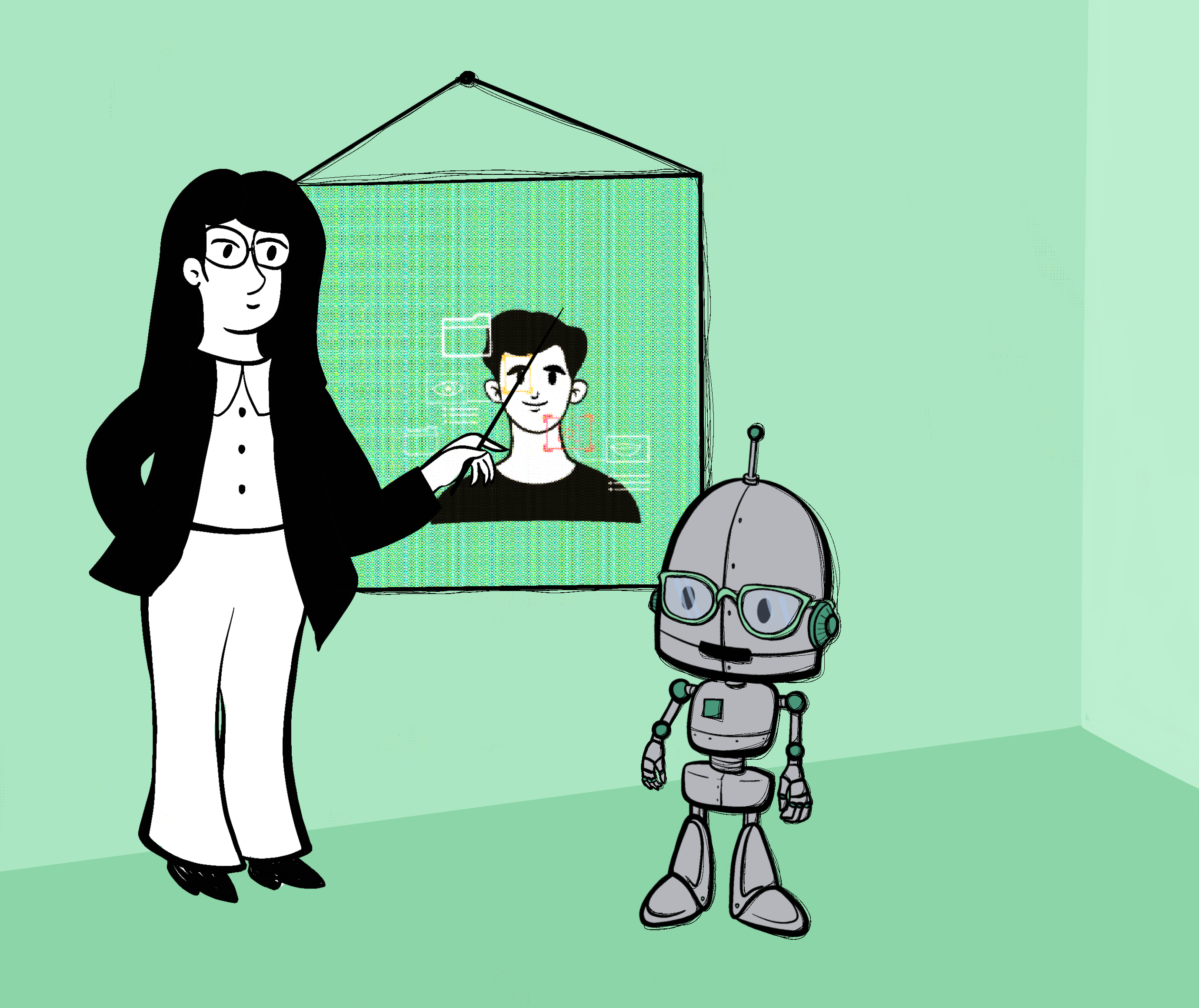
Computer Vision
In this module the main focus is on Computer Vision (CV). The skills and areas of knowledge already learned from the previous chapters should be expanded and stimulate a critical examination of the subject of CV. The Supervised Learning module in particular is advantageous for a deeper understanding of the content to come, but it is not compulsory to complete it. Lateral entry is also not a problem and conveys the most important learning objectives.
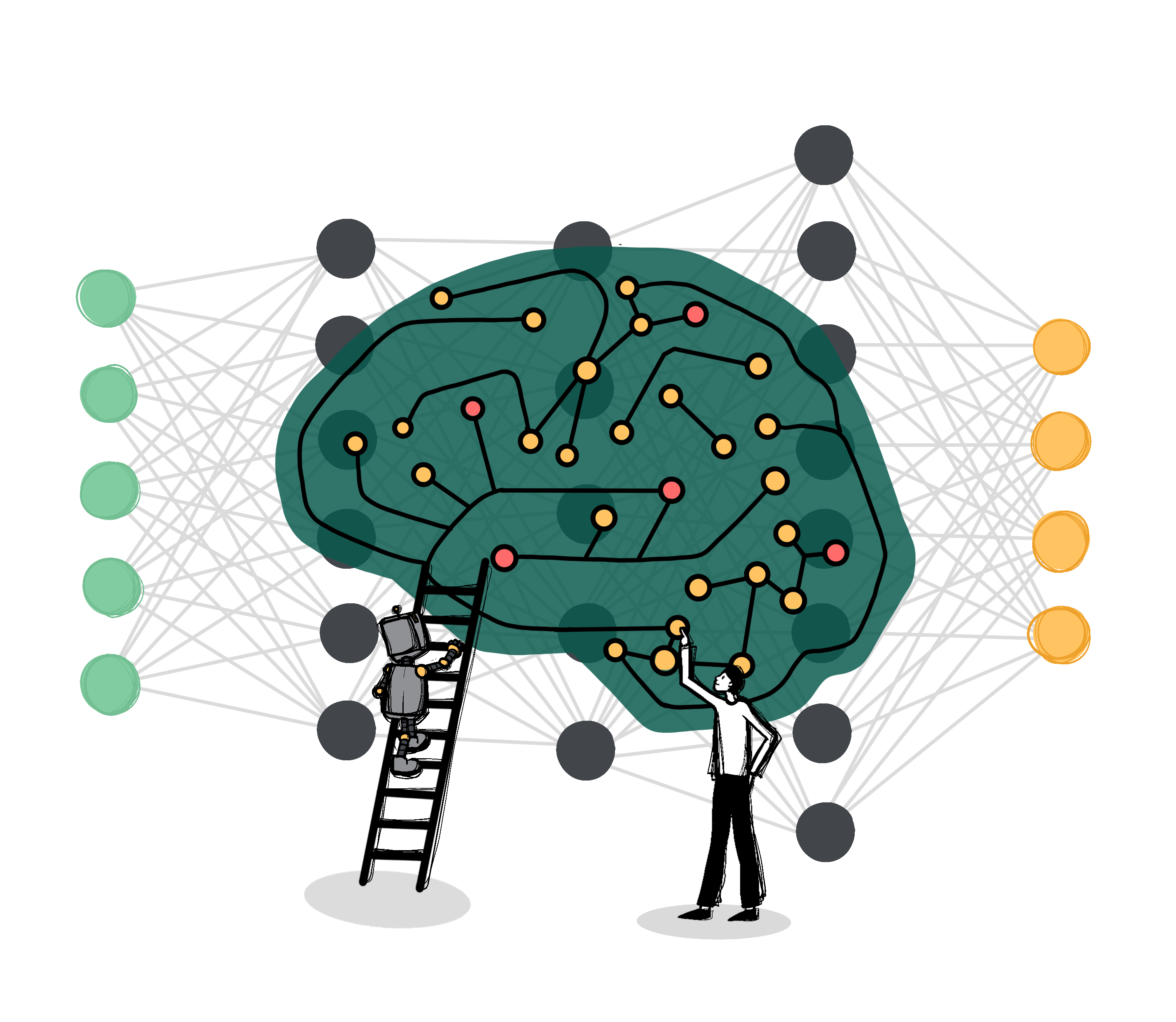
Neural Networks
This module serves as a basic introduction to the topic of neural networks (NN). The goal of this lesson is to introduce neural networks and not only show what they can do and how they are used, but also provide insight into how they work internally.

Art and Artificial Intelligence
In this module, for example, the question should be dealt with, whether AI in art becomes an artist itself or whether it is just another technical tool . There will also be a discussion about where "art" actually starts and how the concept of art may have to be reconsidered due to new technologies.
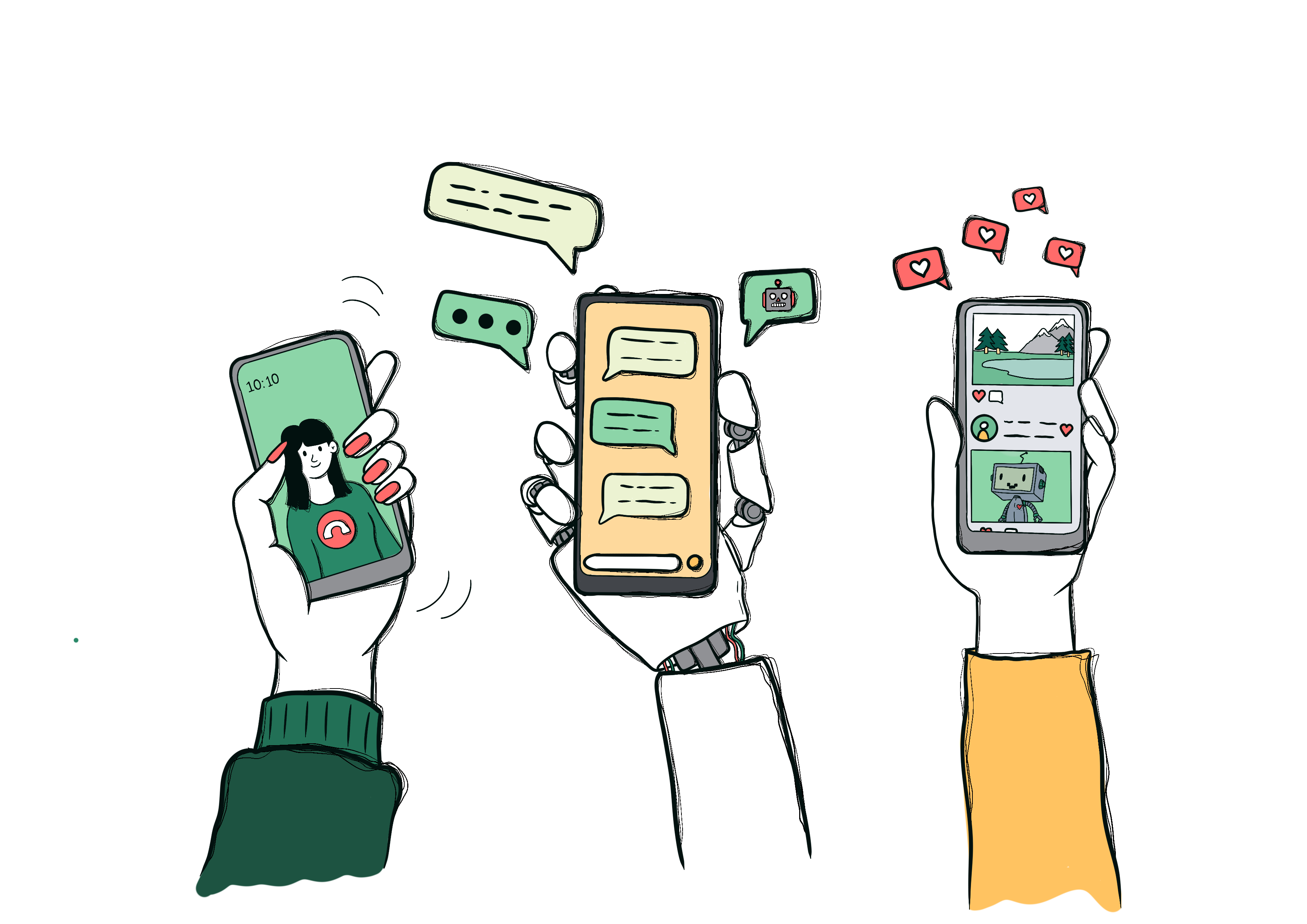
AI manipulation in social media
This module consists of two parts and both deal with a different perspectives of manipulation in social media . The two parts can be used separately, but can also be used in conjunction with one another.
The first part of the module deals with the handling of private data on social media platforms.
The second part deals with the phenomenon of "deepfake" as an excerpt on the topic of spreading disinformation on the Internet. The aim is to clarify what deepfakes are, how they are created and what opportunities and risks they entail.
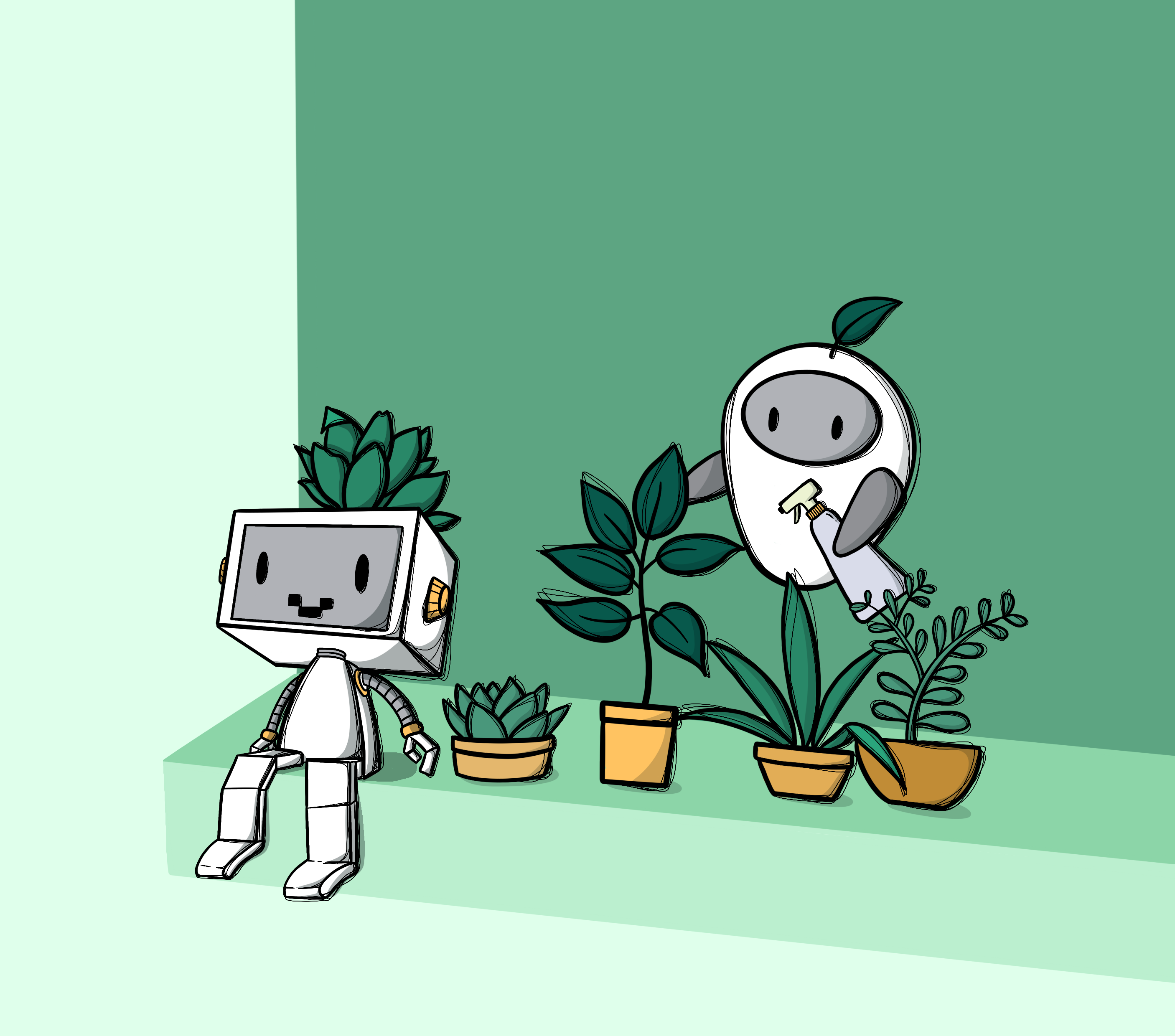
AI and environment
In this module, the students independently develop content on environmental aspects in computer science with the help of a "green" portfolio. It is advisable to form small groups right at the beginning of the topic block, since tasks and discussions are to be carried out in the team again and again, even during theoretical inputs.
